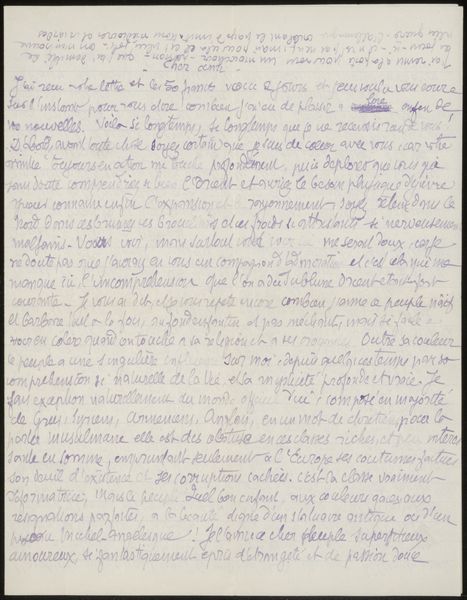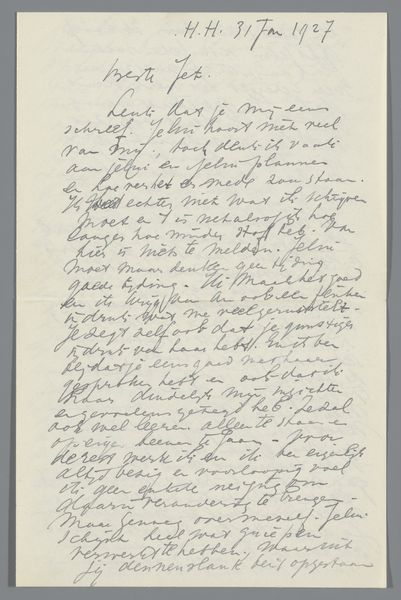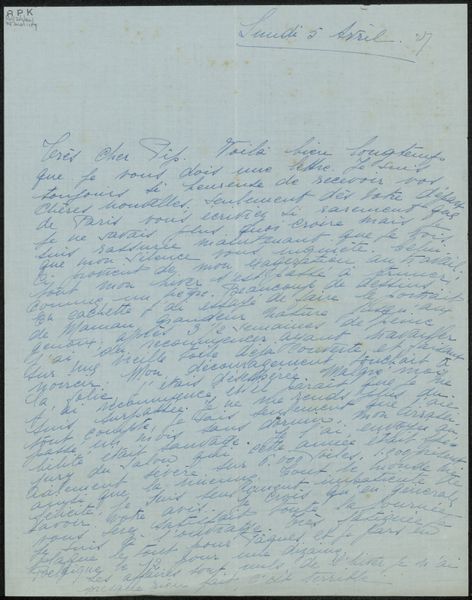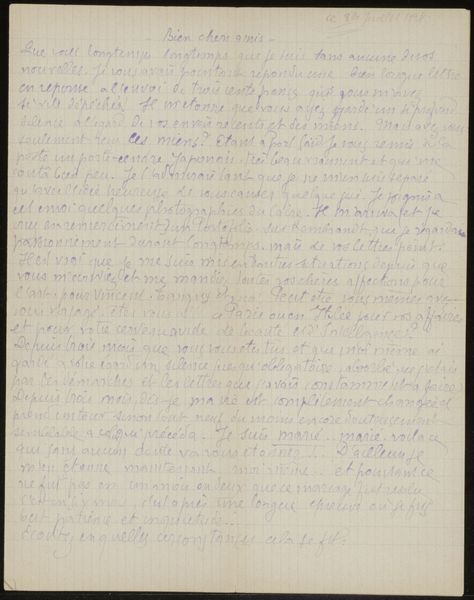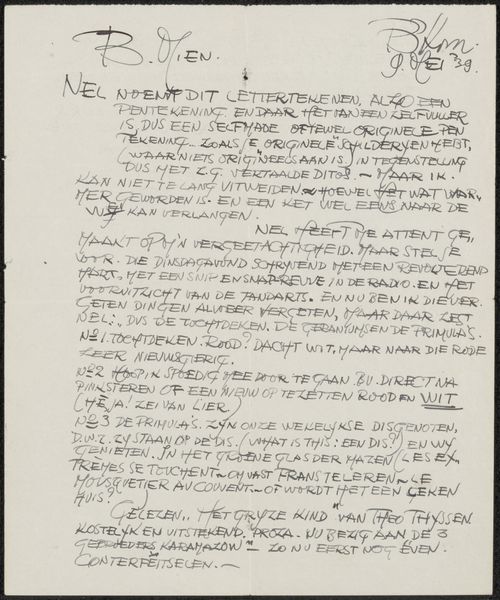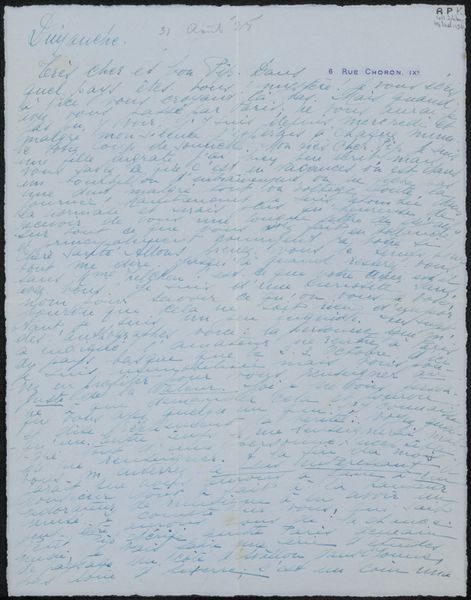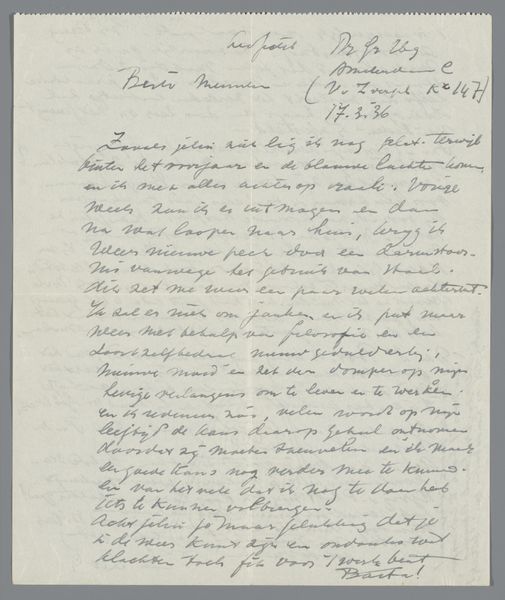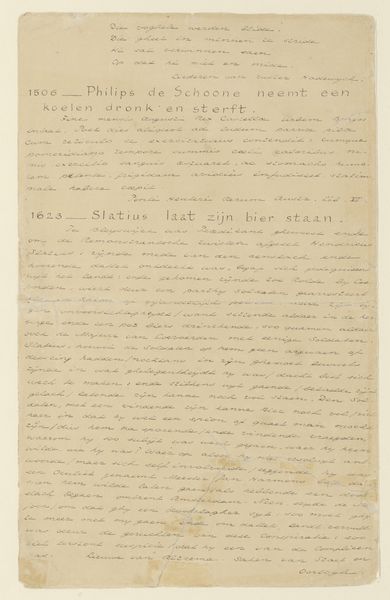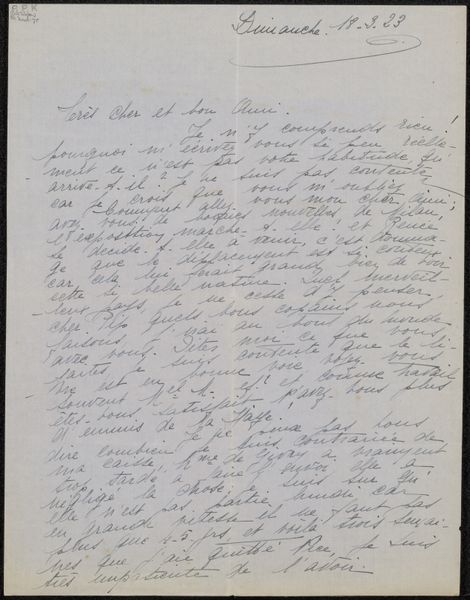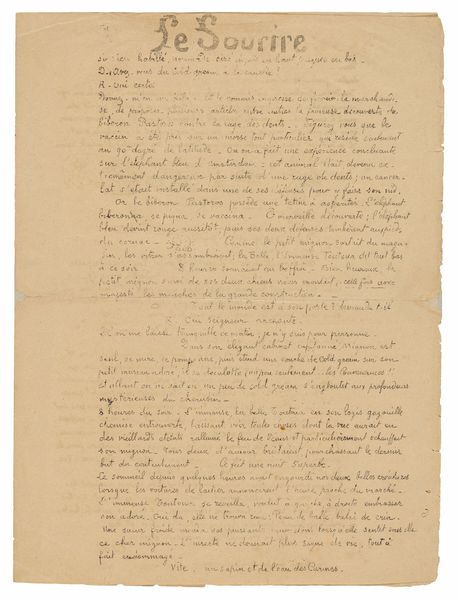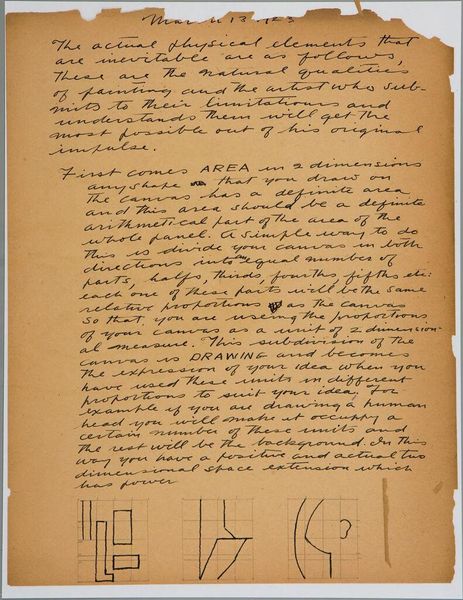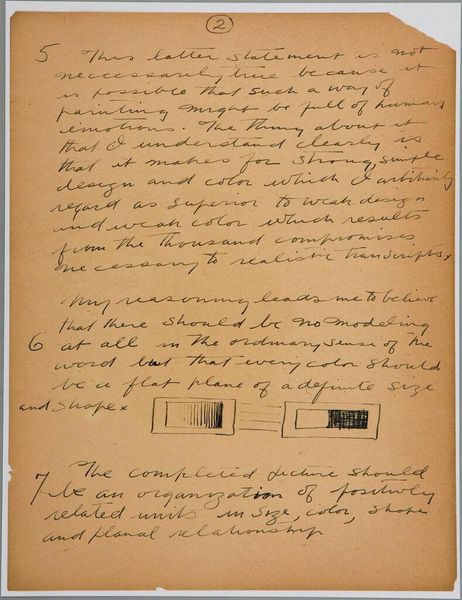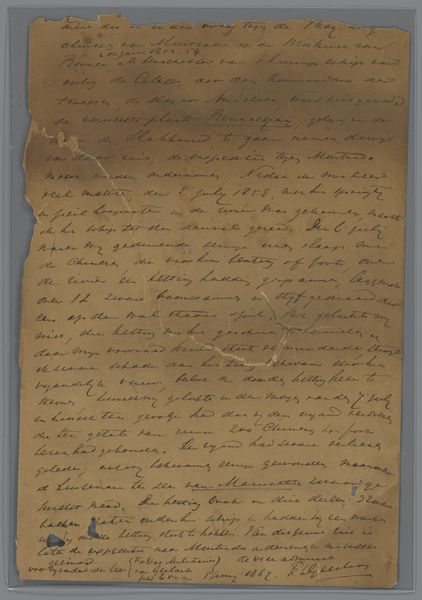
mixed-media, collage, print, textile, paper, photography
#
mixed-media
#
collage
#
narrative-art
# print
#
appropriation
#
textile
#
paper
#
social-realism
#
photography
#
history-painting
#
modernism
Dimensions: height 32.6 cm, width 21.7 cm
Copyright: Rijks Museum: Open Domain
Curator: Right, let's dive into this curious collage, "Morgen Bulletin" by P. Duyff, possibly from 1945. At first glance, what strikes you? Editor: The overwhelming sense of…text. It's all in Dutch, which I can't read, so it hits me like a dense pattern. Is it meant to be illegible? Gives a sense of urgent, bureaucratic chaos. Curator: Well, considering Duyff worked with mixed media, incorporating newsprint, textiles, and photography into his collages, the text plays a crucial role. The artist deliberately appropriates the actual language and materiality of the news – possibly even including intercepted communications, to talk about a global conflict. Editor: Right, and the tactile quality of the textile element...I imagine the experience of holding and unfolding and reading such things would feel more viscerally informative for its wartime audience—not like pixels scrolling before our eyes. Curator: Precisely. This work touches on social realism while pushing into the realm of modernism through this appropriation and arrangement of printed and other textual materials. Think of this as visual historical record: each texture and scrap signifies process and dissemination. Editor: Which is kind of brilliant. By making us confront the physical construction, he highlights the media we encounter as a material thing with bias and not simply the abstract, invisible transfer of pure information. Is "bulletin" meant ironically? I bet that feeling is universal and timeless. Curator: The word choice carries so much resonance; its title also suggests the urgency of wartime correspondence or clandestine reports of military communiqués or troop locations across contested terrain—each is laden with risk, but now repurposed toward art. Editor: A haunting echo—to pull on threads from yesterday, as it were, to build for tomorrow? There's real emotion folded into this complex construction. Curator: And I think in that contrast we start to glimpse the complex dance that Duchamp wanted to ignite with us through this deconstruction—a powerful engagement to social history through form. Editor: Makes one pause and consider—well, I know I’m reconsidering how news and even art find new voices across these long, reverberating periods of transformation and conflict!
Comments
No comments
Be the first to comment and join the conversation on the ultimate creative platform.
